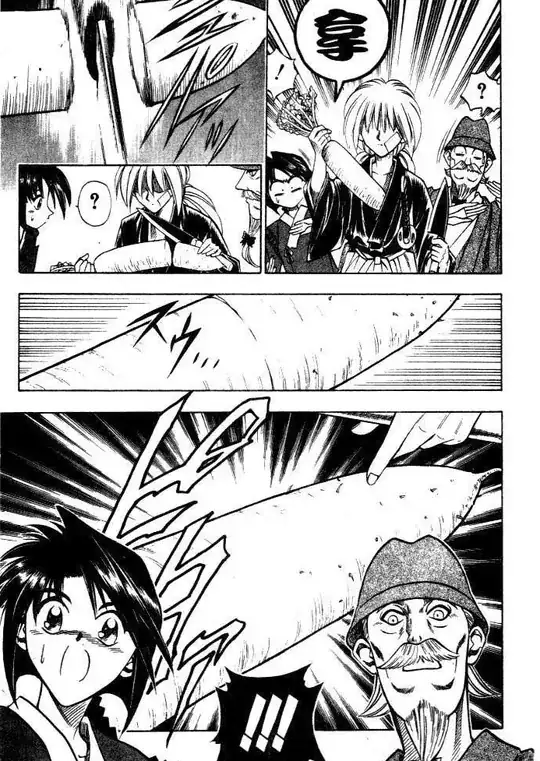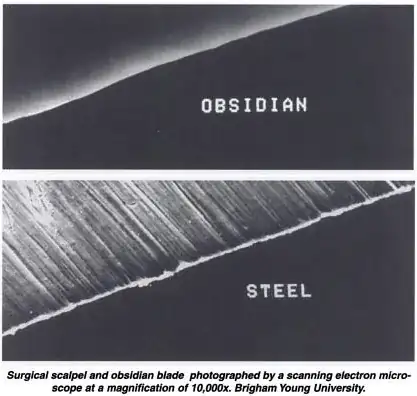I'm not sure if the Sceptics site would be a better fit for the "is this possible" portion of the question, but I'll give my attempt at an answer.
As stated by my comment, TV Tropes calls this Clean Cut (which it argues is sometimes related to Absurdly Sharp Blade). Given that their naming for this is very "straightforward" (i.e. this trope describes making very clean cuts with blades) compared to others (e.g. "idiot hair" or "ahoge") it seems reasonable to conclude that this trope is generally referred to as "Clean Cut".
It's not very clear whether or not this is possible in real life - this would most certainly depend on the sharpness of the blade, the thickness of the material in question, and the exact material being cut, among other things. For example, in my experience, it's much easier to cleanly chop reasonably sized vegetable segments (at least with carrots, onions, turnips, etc - vegetables that aren't of the leafy type) than to cut meat that way.
As per the now edited question: the vegetable here is a daikon, which is used in a lot of East Asian cooking. I'll need to look further to check the possibility of cutting daikon very neatly in that form. With this specific vegetable, a relatively clean cut (assuming good technique) seems possible, as per videos such as this one and this, but I'm not really sure.

